Lantau Island & The Big Buddha Adventure
Saturday, January 21, 2012
 Hong Kong, China
Hong Kong, China
Hey Hey and a Big G'Day toya,
Where skyscrapers and temples, shopping malls and traditional markets sit side by side and amid the urban hustle there are quiet parks and green spaces, beaches and mountain top views. Hong Kong is a unique meeting place for East and West, blending Chinese heritage, British colonial influences, high-tech modernity and Cantonese gusto. After nearing a week here I am honestly finding it hard to pack my seven year old mobile phone cross MP3 player cross camera, turn my back and leave. The last seven years on mainland I’ve been living in tiny rural towns and cities where normally I have to wait until the next 'Beers n Noodles Adventure’ (sometimes two) to enjoy a simple sandwich or even Japanese food etc, but to find a simple selection of not only beer but international beer to enjoy is usually too much to dream about.
There is so much about Hong Kong that I will miss, it of course begins with a nice cold relaxing REAL beer and being from Australia, mate, I like a beer!
Now days though, not only in Australia, but in many western countries, alcohol is strictly controlled by so many laws that make it far too difficult to enjoy yourself and relax with a coldie outside the bar. Of course there is an acceptable history behind the introduction of such laws such as drink driving, underage binge drinking, over exuberance at sporting events etc but here in Hong Kong it seems a little different. The amber ale is available almost anywhere and supermarkets and 7-11s sell it at any time of the day or night as the reason for its easy availability is that for some reason alcohol has not caused the problems here that it has in other places.
In Hong Kong, just like most Asian cities, the traffic might look daunting but if you want to cross the streets, chances are there’s a pedestrian friendly way to do it. Hong Kong is a city of pedestrian subways and sky bridges that help its huge population move to and fro with safety and comfort. All never seem to close and are extremely clean and very well lit at all times of the night.
When it comes to harbour views, sea peeps, green views, open views, any view as a matter of fact, in Hong Kong, when you look up at all the skyscrapers and high rise buildings most would think the residents have a view of the neighbour’s toilet or kitchen. After talking to some locals and from what I can gather most people do actually have views. Be it million dollar views of the harbor or a cityscape of twinkling lights at night, the views from buildings in Hong Kong are amazing. Simply walk into a building, press the top floor and upon arrival, check out the view from one of the lift lobby windows.
In Hong Kong, when it comes to shopping and getting around, unlike Melbourne where you need a different card for this and another for that, Hong Kong has the Octopus Card. This is probably the single biggest positive step in public transport since the steam engine. One card that you can use to pay for almost everything as the Octopus Card tentacles are everywhere, for example; along with train tickets etc, you can buy a Big Mac at McDonald’s, a beer from a 7-11 and a loaf of bread at one of the many bakeries and you don’t even have to pay a fee to use it.
Hong Kong is tiny and it is a place where space is certainly at a premium, where the small business men and women of that occupy the ‘little spaces’ are simply a part of life. Tucked away in tiny nooks and crannies, in fact in any little structure that allows for a single person and a stall (often smaller than the average Australian garden shed), businesses are carrying on, selling goods and providing services. Usually there are entire lane ways of little shanties selling everything from street food to electrical wires and fittings, sewing accessories and even newspapers.
Then there are the mobile vendors, mostly not legal, who appear with a laden cart, which is spirited away at the first sign that there might be an inspector or a police officer nearby.
Lastly (for now) there is Dim Sum and apparently the literal translation of ‘dim sum’ is ‘touch the heart’ and over the past week it certainly has touched my heart. These tiny morsels of food do indeed endear themselves to you. Everyone’s got their own favourites such as delicate prawn dumplings, spring rolls, turnip and taro cake, in fact it seems the range of dim sum available is endless. For many though, one of the drawbacks of eating dim sum is that dim sum restaurants are mostly large and incredibly noisy.
But hey, isn’t it all about the experience!
Now To Our Last Day Here In Honkers
Twice the size of Hong Kong Island, Lantau Island has only about fifty thousand residents and you can easily spend a couple of days exploring its hilly trails and enjoying its un-crowded parks and beaches. It is the first part of Hong Kong that most will see touching down on the runway at Chek Lap Kok airport and then sadly most are whisked away straight into the heart of the city. The island has historically been a place of retreat and its valleys hide dozens of monasteries and nunneries. The geography is dramatic, with hills rising steeply from shallow bays to high plateau and sharp peaks. Its two sides are completely different as the north is being developed, with the airport, a new town, theme park and more in the pipeline, while the south is protected by country parks and retains much more its original character.
Cable Car & Tian Tan Big Buddha
Beginning at Tung Chung town (also the last metro station) the five and a half kilometer cable car ride delivers you to Ngong Ping Village and also offers you a bird’s eye tour over the lush peaks of Lantau Island and the glistening South China Sea. For an even more awesome ride, splash out on one of the crystal clear glass bottomed gondola’s, take a seat on the glass floor and while checking out the scenery below, hope for the best that the glass doesn’t break! For those that are lucky (like me) your glass will stay intact and twenty five minutes later you will arrive at the culturally themed village of Ngong Ping where you will find all the things that you are supposed to find from a newly built theme village such as a small variety of attractions as well as expensive shopping and dining
Ok, it’s the reason you came to Lantau Island in the first place and it was in your sights since you got off the ferry or boarded the cable car. The eyes, lips, incline of the head and even the right hand (raised to deliver a blessing to all), combine to lend great depth of character and dignity to this extraordinary statue.
The majestic figure of the seated Buddha was cast in China and took twelve years to complete. The planning of the Tian Tan Buddha started in 1976. It was constructed by the China Aeronautic Department and was completed in 1993 and features the pronounced facial expression of the Buddha and the statue craftsmanship of the Sui and Tang Dynasties. The Tian Tan Buddha is made from bronze and weighs over two hundred and fifty tons, gold was used for the face, portraying the beauty and solemnity of the Buddha. The right hand of the Buddha is held up as a ‘Fear-Not Mudra’, a manifestation of the great vow to eliminate suffering from all sentient beings. The left hand is placed on the Buddha's thigh with His palm facing out and fingers slightly pointing downwards. This is known as the ‘Wish-Granting Mudra’, signifying the compassionate vow to grant happiness to all.
The Dharma Cakra in the palm represents the everlasting turning of the Wheel of Dharma and the dissemination of the Dharma to every corner of the world.
Facing North, the Tian Tan Buddha statue is thirty four meters high and symbolises Sakyamuni, who meditated deeply under the Bodhi tree and attained enlightenment and awakening to true reality. The pedestal of the statue is a three storey exhibition hall in which there is a big bell which is delicately engraved with Buddhist figures and Buddhist scriptures. It is rung once every seven minutes, one hundred and eight times a day in essence to ‘relieve’ one hundred and eight vexations.
Built in 1924, The Po Lin Monastery is set amid spectacular mountain scenery on the Ngong Ping plateau Known as the ‘Buddhist Kingdom in the South’’
It ranks first as the most magnificent structures amongst the four popular Buddhist temples in Hong Kong. After visiting the temple, if you want to see the sun rise on the Fongwongshan Mountain, you can stay in the temple (accommodation can be provide along with exceptional vegetarian dishes). From Po Lin Monastery it's a short walk to see the Wisdom Path, an outdoor replica of the centuries old Heart Sutra, one of the world's best known prayers that is reserved by Confucians, Buddhists and Taoist alike. The Sutra is displayed in wooden pillars placed in the form of infinite figure which symbolize the immeasurable splendor and infinity.
There are forty seven villages on Lantau Island.
Three of them, Mui Wo, Tai O, and Tung Chung are being developed as new towns and Tai O, also known as ‘The Venice of the Orient’ is the largest settlement on Lantau Island. Crisscrossing canals run the length and breadth of the small fishing harbor. In addition, homes built on stilts over the water are a common sight here. Tai O was once a garrison town but has now become a peaceful fishing harbor where salted fish is the local specialty.
Rickshaws & The Life of the Driver
Rickshaws might almost be gone, but their charm and style still attracts people from all over the western world. Once the most popular form of public transport in major cities like Tokyo and Hong Kong, there are only a handful of places left where you can still flag down a rickshaw.
The classic definition of a rickshaw is a cart that can seat one or two people powered by a human runner…on legs…modern bicycles and auto rickshaws don’t count. The cabin is mounted on a pair of wheels and the runner carries two sticks used to fulcrum the rickshaw. While the poster book image of rickshaws often includes oriental flourishes to the design, the truth is most were more functional contraptions.
Who invented the rickshaw is a hotly disputed issue, with Japan, the UK and the USA all claiming ownership. What we do know is that rickshaws first became popular in Japan during the 1870’s and that the word rickshaw comes from the Japanese word jinrikisha, which means human powered vehicle. It is said to have been invented in Japan by a European missionary to carry around his invalid wife. At one point the country had twenty one thousand licensed rickshaw drivers and Tokyo considered introducing regulations to try and free up the rickshaw clogged streets.
By the turn of the century the rickshaw reached India and China, where it really took off.
Thousands were produced and they became the favoured form of transport for the colonial elite, both to escape the sweltering heat and show off their bank balance. It was in these countries that the image of a fat western colonialist being pulled around by a bent over local became infamous. The rise of the bus and other forms of public transport killed off almost all rickshaw business by the end of World War II and Chairman Mao banned them completely from China as a symbol of working class oppression in 1949, while India and most other Asian countries followed suit soon afterwards.
Life of the rickshaw driver
Part and parcel of the rickshaws downfall was the conditions endured by drivers.
Their role as ‘human horses’ became increasingly distanced from modern values which were too close to indentured servitude and a throwback to the openly racist, class obsessed Victorian times. Rickshaw runners usually worked long days for poor pay and the rickshaw acted as their own mobile home, where they also slept. In Asia at the turn of the century it was often the only job immigrants from country to city could find and most lived in poverty. Drivers carted around people, goods and even policemen, up mountains and through monsoon rains. Many wealthier residents, such as those that lived on Hong Kong’s Peak, used them as their regular form of transport, before trams or trains where introduced.
When faced with a passenger of sizable weight, drivers would ask another driver to lend a hand and charge extra.
The debate over rickshaw pullers in Asian countries rumbles on with human rights groups claiming they are modern day slaves, while many rickshaw pullers claim that a ban would lead to unemployment and starvation. Some people claim that the majority of their passengers are also lower class and that the rickshaws are the only way for them to get around during the knee deep monsoon rains.
Beers N Noodles toya…..shane
___________________________________________________________
The soundtrack to this entry was by City & Colour
The album was ‘Sometimes’
____________________________________________________________
Other Entries

 Hong Kong, China
Hong Kong, China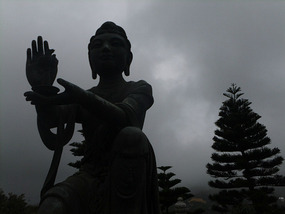
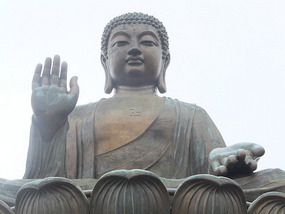
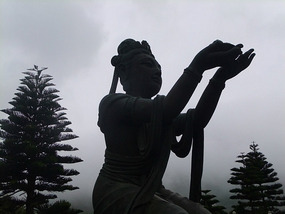
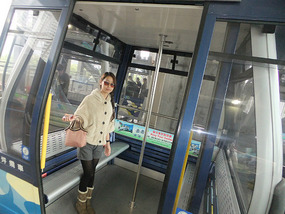
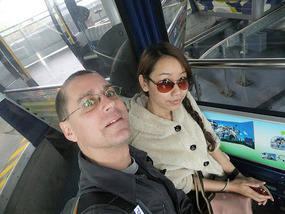
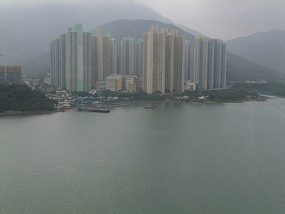
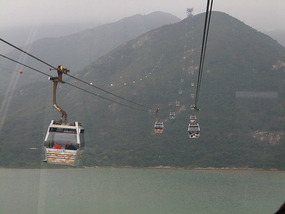
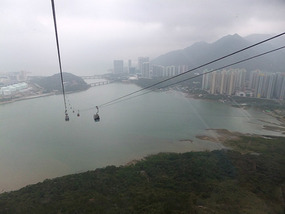

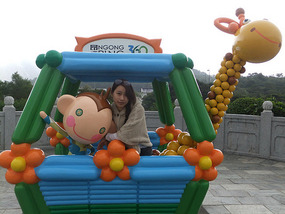
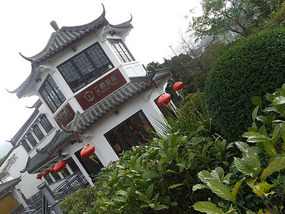
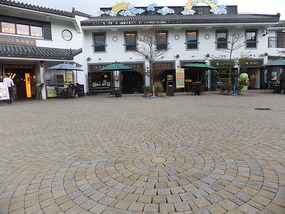
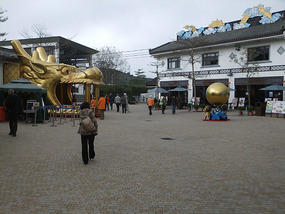
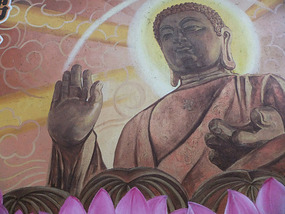
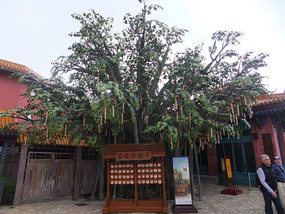
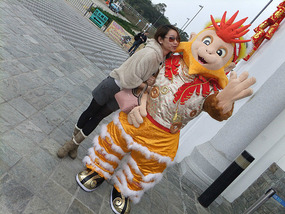
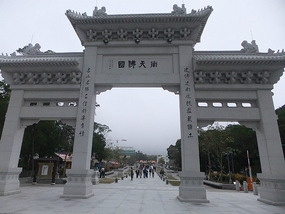
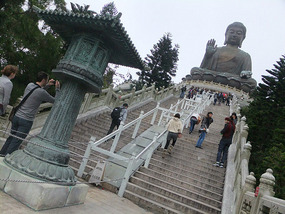
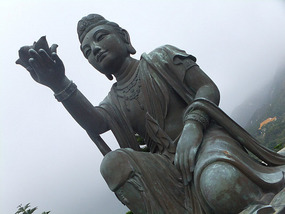
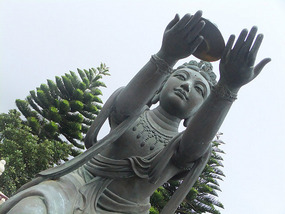
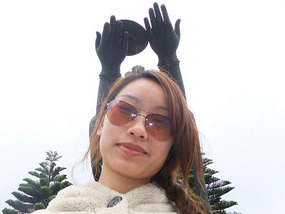
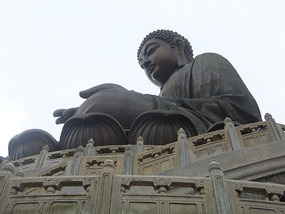
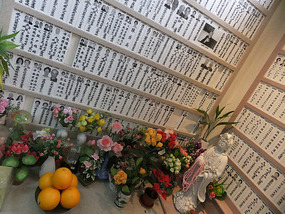
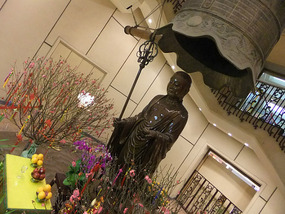
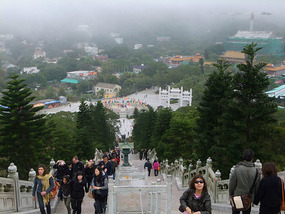
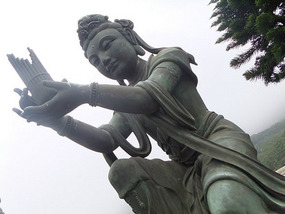
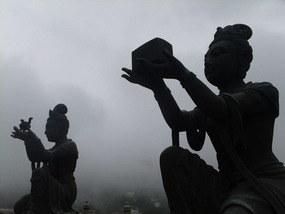
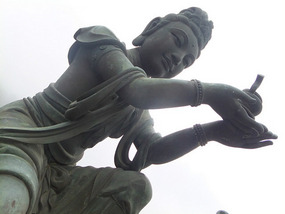
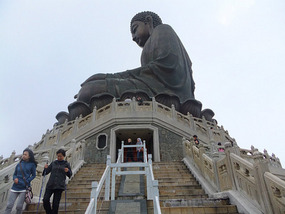
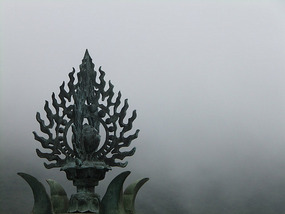
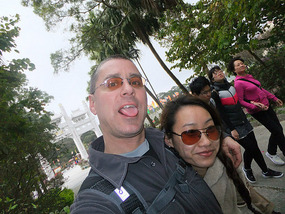
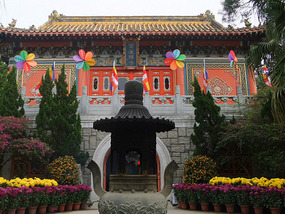
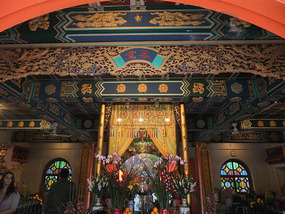
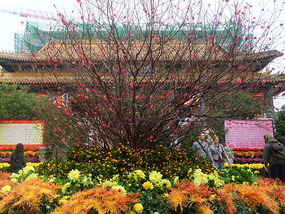

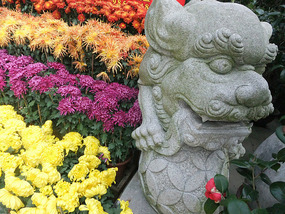
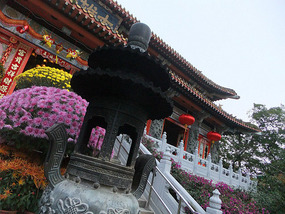
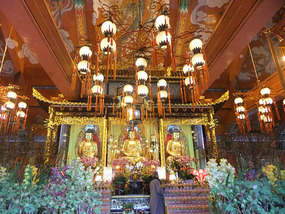
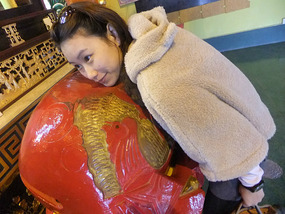
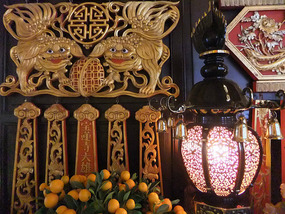

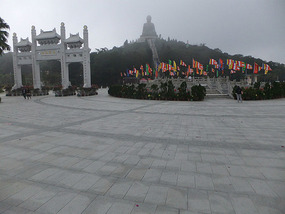
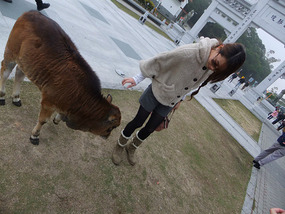
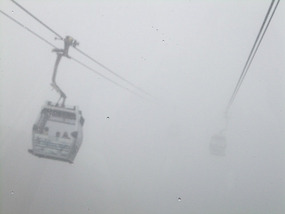
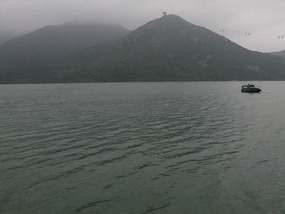
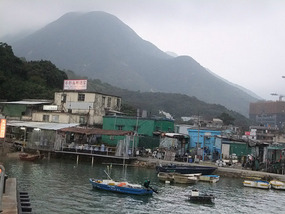
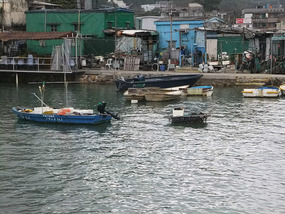
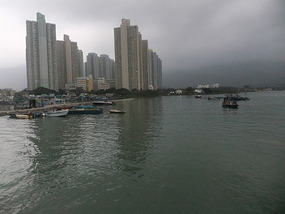
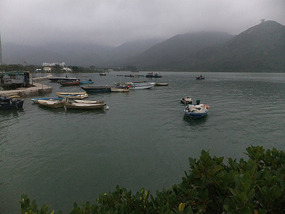

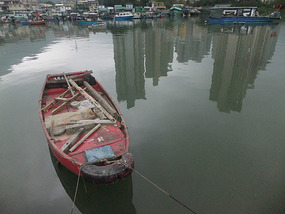
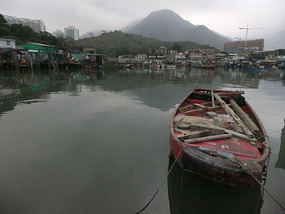
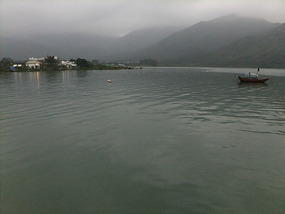
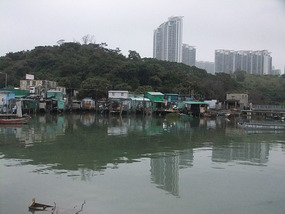
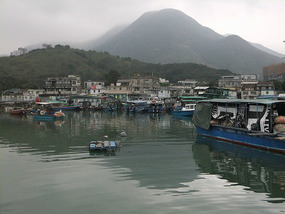
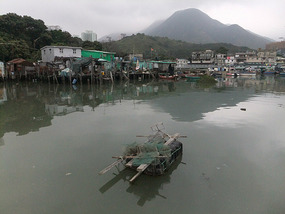
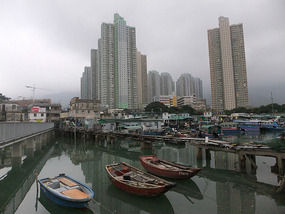
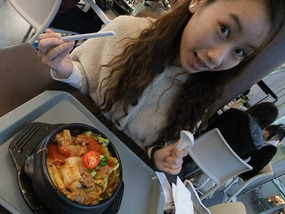
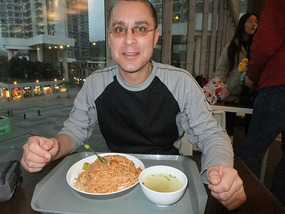
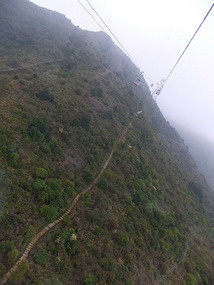

2025-05-22